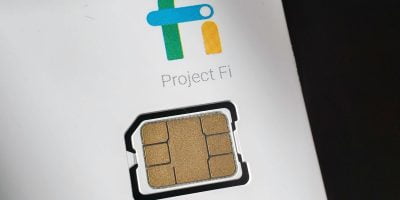When we opened the Xiaomi iHealth box we were unsurprised to find only Chinese instructions, but a little stumped when it came to setting up the smart blood pressure monitor. Thankfully, it’s really simple.
The device comprises a 115×66.5mm, 240g white plastic circular dock, with a light blue cuff that can support an arm circumference of between 22- and 36cm, plus a grey rubber tube that connects the two. A 2200mAh built-in battery lets you use it without additional cables, and when it runs out of power you can recharge the Xiaomi using a standard Micro-USB charger.
Nothing in its build quality gave us cause for concern, and it’s good to learn that the Xiaomi iHealth is an FDA-approved blood pressure monitor with pressure accuracy of ±3 mmHg and pulse rate accuracy of ±5%.
To get started with the Xiaomi iHealth don’t scan the QR code on the box as you’ll be taken to the Chinese version of the companion app on Xiaomi’s app store. Instead, launch Google Play or the App Store on your phone or tablet, then download the free iHealth MyVitals app.
Launch the app and create a free account, and it will connect to your phone or tablet over Bluetooth.
Wrap the band around your left arm, just above the elbow, and Velcro it in place, keeping it reasonably tight. Insert the tube into the hole on the left side of the Xiaomi iHealth. There is a dock for your phone or tablet but it merely needs to be within Bluetooth range.
The app has a simple interface that’s very intuitive to use. When connected over Bluetooth the first screen you’ll see is the Measure tab, which features a large blue Start button. Tap this and the arm band will begin to fill with air and tighten around your arm. It may become slightly uncomfortable, but if it hurts then you have it wrapped too tight. Also see: Best activity trackers 2016.
Try to keep your arm still and keep as calm as possible while the reading is being taken. Once it has finished you’ll see three figures: your systolic blood pressure (the highest level your blood pressure reaches when your heart beats); your diastolic blood pressure (the lowest level your blood pressure reaches in between beats); and your pulse.
Blood pressure is measured in millimetres of mercury (mmHg), and referred to as systolic over diastolic, for example 120 over 80, or 120/80mmHg.
The Xiaomi iHealth smart blood pressure monitor lets you take as many readings as you like and record them over time (found on the List tab), which allows you to see if particularly high- or low readings are anything to worry about. You can also use the Trends tab to see graphs of recent, weekly, monthly and yearly data for your blood pressure and pulse, and easily share over email (perhaps with a doctor) your blood pressure readings from within the app.
[Source:- Pcadvisor]


